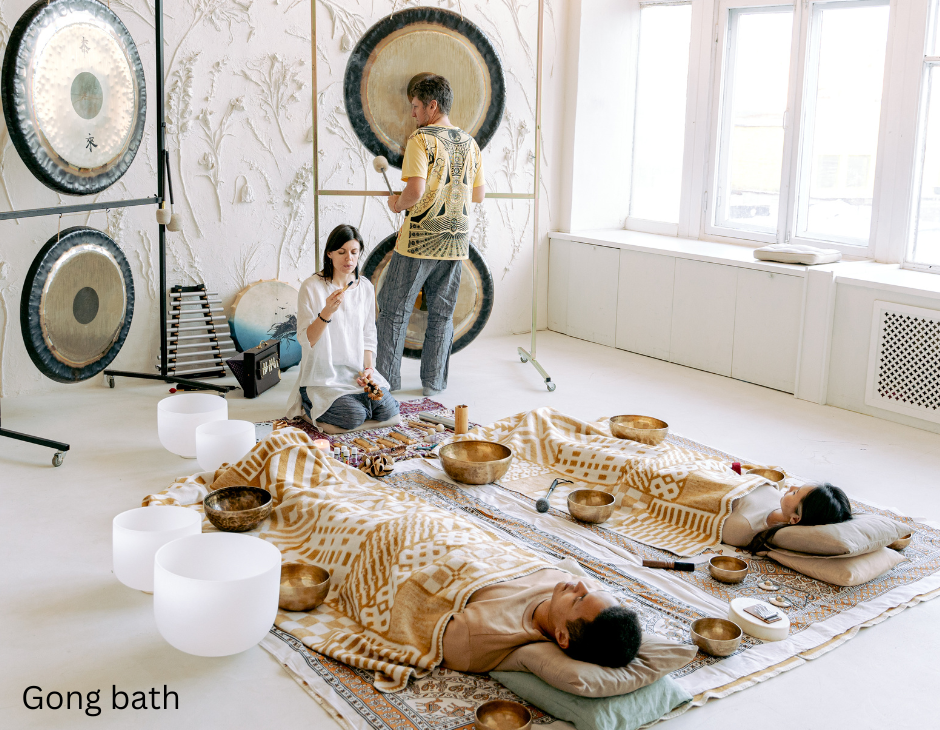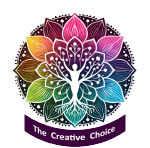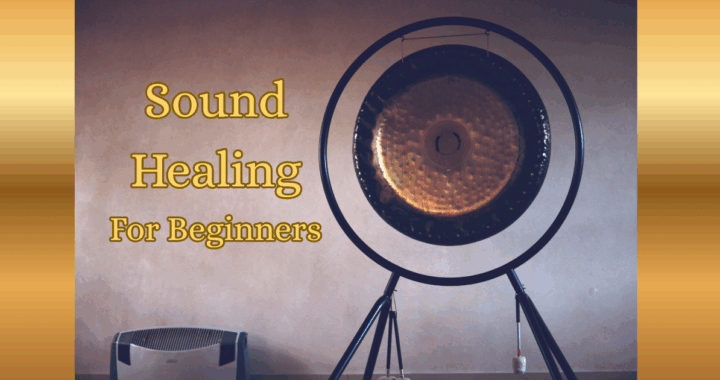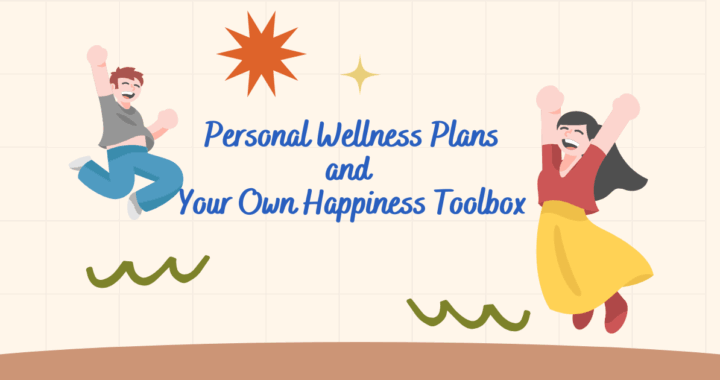Have you ever listened to a piece of music and felt your whole mood shift? A sad song might bring tears, while an upbeat track can make your body want to move to the music. If I listen to “Take On Me” by A-ha, I cannot help but smile, and I feel my entire body tingle and want to get up and dance. This admission probably shows my age, but this is also the essence of sound healing: the recognition that sound is not just entertainment but energy, vibration, and frequency that can move us deeply and even support our wellbeing. And for many, it can be a simple way to understand sound healing for beginners.
Sound healing, sometimes called sound therapy, uses specific instruments, tones, and vibrations to bring the mind and body into balance. I have personally experienced deep relaxation during gong baths — a form of sound healing where large gongs are played in a room. As the vibrations wash over you, it feels as if every cell is being gently tuned and cleansed. It is powerful, restorative, and to me, often quite magical.
In this beginner’s guide, we’ll explore what sound healing is, where it comes from, how it works, the different forms it can take, and the benefits supported by both tradition and science.
What Is Sound Healing?
Sound healing is the practice of using sound and vibration to promote relaxation, restore balance, and support physical, emotional, or spiritual healing. It can involve a wide range of instruments, including gongs, singing bowls, tuning forks, and even the human voice.
The principle behind sound healing is simple but profound: everything in the universe is in a state of vibration. From the smallest atom to the largest planet, all matter resonates at specific frequencies. Our bodies, too, vibrate — every organ, bone, and tissue has its own natural frequency. When stress, illness, or emotional trauma disrupts this harmony, sound is used as a tool to restore balance.
Ancient Roots of Sound Therapy
Although sound healing feels modern in today’s wellness spaces, its roots stretch back thousands of years.
- In Ancient Greece, Pythagoras spoke of the “music of the spheres,” teaching that musical intervals reflected cosmic harmony
- Tibetan monks used singing bowls and chanting as part of spiritual and healing practices
- Indigenous cultures around the world have used drums, rattles, and voice in shamanic rituals for healing and connection with spirit
- In India, sound and vibration are central to yoga and Ayurveda, with mantras and chanting considered sacred tools for aligning body and soul
This long history reminds us that sound has always been recognised as a bridge between the physical and the spiritual.
How Does Sound Healing Work?
Frequency and vibration explained
Sound is energy, and energy moves in waves. When those waves travel through the air, water, or even solid objects, they create vibration — and because our bodies are mostly water and tissue, we don’t just hear sound, we can feel it too. Anyone who has ever stood near a loudspeaker at a concert knows how the bass can ripple through the chest. That’s vibration in action.
Modern research shows that specific sound frequencies can affect not only mood but also measurable physiological processes. Studies suggest sound can influence:
- Brainwave activity – entraining the brain into more relaxed states, such as alpha or theta
- Heart rate and blood pressure – slower rhythms can help regulate the autonomic nervous system
- Cellular processes – early research into vibroacoustic therapy indicates that low-frequency sound waves may stimulate circulation, ease muscle tension, and even support pain relief
One of the most fascinating aspects of vibration is resonance. This is when one vibrating object causes another to vibrate at the same frequency, even at a distance. For example, if you pluck a guitar string tuned to a particular note, nearby guitar strings tuned to that same note will begin to vibrate too — without being touched.
Our bodies respond in a similar way. When exposed to certain frequencies, different tissues and systems can “resonate” with the sound, shifting into harmony. This may help explain why sound healing can feel as though it restores balance not just in the mind, but thoughout the body as well.
We already understand this instinctively through music. A lullaby can soothe a baby to sleep. A military march uses rhythm to energise and coordinate movement. A love song can stir emotion and memory. Sound healing takes this natural response and applies it deliberately for therapeutic purposes. Think about the music that has an effect on you, and remember how you feel when you hear it.
The mind–body connection
When we listen to specific sounds, our brainwaves can shift into different states:
- Beta (alert, everyday thinking)
- Alpha (relaxed but focused)
- Theta (deep relaxation, meditation, creativity)
- Delta (restorative sleep)
Sound healing often aims to bring us into theta or delta, where the body can rest, repair, and release stress. This is why people often describe feeling “reset” after a session.
I’ve often found that sound, more than words, reaches into places we can’t explain logically. Frequencies touch us on a level that bypasses the thinking mind. There are many properties of sound we may not yet fully understand that are still being researched, but we can certainly feel a lot of them.
Common Types of Sound Healing
Gong baths
This is one of my favourites and gong baths are one of the most popular forms of sound healing. Participants lie down on mats, close their eyes, and allow the sound of large gongs to wash over them. The term “bath” refers not to water but to being bathed in waves of sound. This can last usually up to an hour.
The deep, resonant vibrations of the gong create layers of tones that are felt through the whole body. Many people experience profound relaxation, visions, or even emotional release. Personally, I love gong baths — they feel like a total reset for body and mind.

Gong baths bathe the body in sound vibration — a deeply restorative experience.
Singing bowls
Singing bowls, often made of metal or crystal, are struck or played with a mallet to produce sustained tones. These sounds are believed to align with specific chakras or energy centres in the body. Crystal bowls, especially, create a pure, resonant tone that many find cleansing and uplifting.
Tuning forks
Tuning forks are precision instruments that create a single, clear frequency. Practitioners may place them near or on the body, allowing vibration to penetrate specific points. They are often used for targeted healing, such as easing muscle tension or balancing energy fields.
Voice and Chanting and The Power of “Om”
The human voice is perhaps the oldest instrument of all. Mantras, humming, toning, or even singing can all be used in sound healing. Chanting “Om,” for example, is believed to connect practitioners with universal vibration. Group chanting can create a sense of shared resonance and spiritual connection.
“Om” (or Aum) is perhaps the most well-known sound used in spiritual and healing practices. In the Indian tradition, Om is considered the primordial sound of the universe — the vibration from which all creation arose. But Om is more than just a sound. In the Hindu scriptures, Om is described as the name of God, or the ultimate reality. It symbolises Brahman, the eternal, infinite source of all that exists. Chanting Om is therefore an act of tuning in not only to universal vibration but to the Divine itself.
When spoken aloud, Om resonates as a long, rolling vibration. It begins in the belly (the “A”), rises through the chest (the “U”), and ends with a humming in the head (the “M”), often followed by a moment of silence. This journey through the body is said to represent the cycle of creation, preservation, and dissolution.
Modern science has shown that chanting Om also slows the breath, stimulates the vagus nerve (calming the nervous system), and produces measurable changes in brainwave activity linked with meditation. Spiritually, however, it is seen as both a word and a vibration that unites the individual with the cosmos — the human voice joining the universal choir.
Personal note – I urge you to try this and see, or rather feel the essence of this word and vibration working in your body. You can read about it in articles like this, but when you listen, or better still, chant it, you can feel it experientially, and you will know! If you are not sure of the frequency or pitch of the word, look up on YouTube and you can find some examples such as: https://www.youtube.com/watch?v=5BLZNhGVbEk

Benefits of Sound Healing
Sound healing is often described as deeply relaxing, but its reported benefits go further and many mainstream hospitals are now becoming more aware of the benefits and using it in their practice.
- Reduction in anxiety and stress: Research in Frontiers in Psychology (2017) found that singing bowl meditation significantly reduced tension and improved mood
- Pain relief: Vibroacoustic therapy (using low-frequency sound) has shown promise in reducing pain perception in clinical studies
- Improved sleep: By entraining the brain into slower wave states, sound healing may improve sleep quality
- Enhanced mood and emotional release: Many people report feelings of peace, joy, or emotional clearing after sessions.
- Spiritual connection: For some, sound is a gateway to altered states of consciousness and a sense of unity with the universe
While science is still exploring the mechanisms, the anecdotal evidence is vast. For many, the experience itself is enough proof: you emerge feeling calmer, lighter, and more whole.
Scientific research into sound therapy
Although still an emerging field, research into sound healing and music therapy is growing:
- A study by Goldsby et al. (2017) found that sound meditation with singing bowls significantly reduced anxiety and depression
- Low-frequency sound therapy has been explored for pain management and showed promise in fibromyalgia treatment (Pain Res Management, 2015)
- Music therapy, a related field, is already widely recognised in hospitals for reducing stress, supporting recovery, and improving quality of life in palliative care
The scientific picture is not yet complete, but evidence suggests that sound has real physiological and psychological effects.
What To Expect In A Sound Healing Session
If you’ve never been to a sound healing session, you might wonder what happens. These can be one-on-one sessions but unlike many other forms of healing, you can participate in a gong bath, for example, with many others in the same room.
- You’ll usually be asked to lie down comfortably on a mat, sometimes with a blanket and cushion
- The practitioner will play instruments such as gongs, bowls, or chimes while you simply relax and receive
- Sessions often last 45–90 minutes
- You may feel vibrations physically in your body, or simply drift into a meditative state
Afterwards, people often describe feeling deeply rested, with clarity of mind and ease in the body. It’s not unusual to feel as if you’ve had hours of sleep in less than one.

Can You Try Sound Healing at Home?
Yes, and while group sessions are powerful, listening at home is a great way to introduce yourself to this very powerful therapy. You can usually do it for free by listening in on YouTube or other similar channels. Take a moment now to close your eyes and hum a single, long tone. Feel it ripple through your body. That’s your own mini sound healing — no instrument needed!
Here are some more ways to explore sound healing yourself:
- Listen to sound healing tracks online (gongs, bowls, binaural beats)
- Use your voice — humming, toning, or chanting can calm the nervous system
- Play a singing bowl if you own one
- Incorporate sound into meditation — chimes, gentle music, or even nature sounds can deepen relaxation
The key is intentionality: using sound not just as background noise but as a conscious tool for alignment.
Personal Recommendations
Sound healing is one of the most accessible holistic practices, and it’s something I personally do regularly because I love it. You don’t need to believe in anything mystical to feel its effects; simply being open to sound as vibration and frequency is enough.
I’ve found gong baths in particular to be a profound way to let go of tension and feel rebalanced and I also love listening to OM chanting as I can feel Divine energy surge through my body when I do. Sound bypasses the chatter of the mind and reaches deeper layers of who we are. Whether science has fully explained it yet or not, the experience speaks for itself.
If you’re curious, try attending a local sound bath or experiment with simple practices at home. Let sound be your guide into stillness, harmony, and renewal.
You have nothing to lose and everything to gain.
FAQ: Sound Healing
What is sound healing in simple terms?
Sound healing is the use of vibration and frequency, often from instruments like gongs or singing bowls, to relax the mind and body and restore balance.
Does sound healing really work?
Many people report benefits such as reduced stress, better sleep, and emotional release. Scientific studies also suggest measurable effects on mood, pain, and wellbeing.
What are gong baths?
Gong baths are sessions where participants lie down and “bathe” in the sound of gongs. The vibrations create deep relaxation and can feel like a reset for body and mind.
What are the benefits of sound healing?
Benefits include relaxation, stress relief, improved sleep, pain reduction, emotional release, and a greater sense of connection and balance.
Can I do sound healing at home?
Yes. You can listen to sound healing recordings, chant or hum, or use instruments like singing bowls to bring sound into your own practice.
References
- Goldsby, T. L., Goldsby, M. E., McWalters, M., & Mills, P. J. (2017). Effects of singing bowl meditation on mood, tension, and wellbeing: An observational study. Journal of Evidence-Based Complementary & Alternative Medicine, 22(3), 401–406.
- Naghdi L, Ahonen H, Macario P, Bartel L. The effect of low-frequency sound stimulation on patients with fibromyalgia: a clinical study. Pain Res Manag. 2015 Jan-Feb;20(1):e21-7. doi: 10.1155/2015/375174. Epub 2014 Dec 29. PMID: 25545161; PMCID: PMC4325896.
- NHS UK. Music Therapy. Retrieved from https://www.nhs.uk/conditions/music-therapy/
- British Academy of Sound Therapy. https://www.britishacademyofsoundtherapy.com





This was such an interesting read! I’ve always been curious about sound healing, but never understood how vibration and frequency could actually affect our bodies and minds. I really liked how you explained the benefits for stress and relaxation in simple terms. It makes me want to explore using sound healing as part of my self-care routine. Do you have a favorite beginner practice you recommend starting with?
Hi Debra,
Thank you for your kind comments about our article on sound healing. I’m glad it was able to explain a few things and how you can use it in your own daily life. To answer your question, as a beginner, I would start by listening to some meditation music or a gong bath for 15 minutes or so – they are just really easy to listen to and very relaxing. Then you can progress to listen for longer and combining them with meditation for a fuller healing experience.
Let me know how you get on.
Gail
I just read your beautifully written post, “Sound Healing for Beginners: The Power of Vibration and Frequency,” and wanted to share how much it resonated with me.
Your clear explanation of sound healing—as not merely an auditory experience but a profound interplay of energy, vibration, and frequency—was both enlightening and deeply comforting. I especially loved the imagery of gong baths washing over the body, tuning it cell by cell; that description made the practice feel tactile and alive. Your emphasis on the universal wisdom spanning ancient traditions—from Pythagoras and Tibetan chanting to mantras in yoga—beautifully bridges the spiritual and the scientific. It highlights how sound has always served as a tool for restoration and resonance.
You also did a wonderful job breaking down how these vibrations can lead us into states of deep relaxation—well beyond the everyday beta brainwave—inviting us into alpha, theta, and even delta states, where healing and alignment become possible. The evidence you shared—like the studies showing reduced anxiety after singing bowl meditation or the promising outcomes of vibroacoustic therapy for pain—adds encouraging weight to the practice. And I appreciate that you affirmed how accessible sound healing can be: even humming a single tone at home invites resonance and renewal.
Your writing made me curious and eager to experience this myself. I’d love to know: what was your most memorable first experience with sound healing? And if someone is just starting out, which method would you recommend they try first—something like simple OM chanting, or perhaps listening to a sound bath recording?
Thank you for sharing both the magic and the method of this practice. It’s an inspiring invitation to listen more deeply to ourselves and the world around us.
Hi Leahrea, and welcome back. I’m so pleased you liked the article. Sound is such a wonderful but often under-recognised sensory element in our everyday lives, but it really can change your mood in an instant. In answer to your question, if someone is just starting out, I would recommend listening to some relaxing music to help them feel the difference that this can make on your body. OM meditation is great, and I love it, but it may be a bit to ‘out there’ for a beginner and I wouldn’t want to put them off!
I really like the gong baths I as said, and you could just sit quitely listening to that for half an hour or so and feel the relaxation that it brings. There are so many ways to use sound – even just listening to your favourite song will lift your mood. All the best. Gail
Thank you for sharing such a beautiful perspective on sound healing! It’s truly amazing to think that God’s creation includes not just the physical world but also the vibrations and frequencies that can touch our spirit and bring healing to our whole being. The way sound can restore balance and peace feels like a reminder of how God’s peace can wash over us, calming our minds and renewing our hearts. I especially appreciate the connection you made between ancient practices and the divine harmony in the universe—reminding us that God’s presence is woven into everything, including the very sounds that surround us.
Hi Linda.
Thanks for your kind comments on the article and I’m so pleased that you found something useful in it. Sound is all around us and it is indeed, God’s presence since I believe that we are all made up of Source energy which you might refer to as God. It’s all one and the same. We are God and God is us and we can never be separated. How wonderful is that?